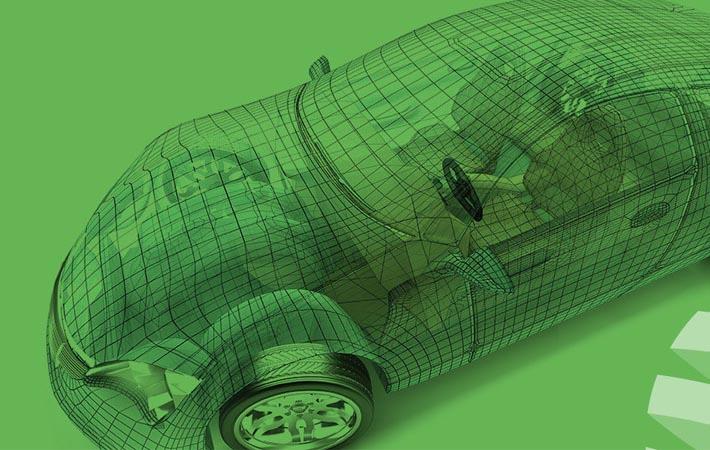The European Alliance for SMC BMC has come out with a series of design guides that explain how these materials can be used, and manufactured in larger production series. SMC and BMC are composite materials ideal for making large, light, and intricate parts that combine structural performance with smooth surface finish. These are now increasingly being used.
From the coffee machines and cookers, to the electrical cabinets on streets and the body panels on cars, SMC and BMC have been in use for decades. In these, and countless other applications, SMC and BMC offer competitive and sustainable alternatives to metals and thermoplastics, and yet these composite materials are still underutilised by many designers and manufacturers.The European Alliance for SMC BMC has come out with a series of design guides that explain how these materials can be used, and manufactured in larger production series. SMC and BMC are composite materials ideal for making large, light, and intricate parts that combine structural performance with smooth surface finish. These are now increasingly being used.#
The design guides are meant to address a number of frequently asked questions concerning design and manufacture of SMC/BMC components and offer some practical tips to ensure successful deployment of these versatile materials.
“In this first design guide we will discuss the design process, potential design pitfalls, tool design considerations, the cost of an SMC mould, and the question whether to source production in-house or externally,” the alliance said.
“SMC BMC materials are well known in the industry, and are increasingly found to offer a great combination of performance and cost,” commented Joan Montobbio, board chairman of the European Alliance for SMC BMC. “Through offering our experience on how to best use SMC and BMC, we believe we can help designers to take full benefit of what these versatile materials have to offer.”
The European Alliance is an association operating under the umbrella of EuCIA in Brussels, Belgium.
SMC/BMC materials can be thought of as bridging the gap between steel and thermoplastics. They deliver parts that weigh less than metals but provide higher strength and stiffness than many thermoplastics. They are a particularly good choice for components with complex shapes.
With SMC/BMC it is possible to design a highly complex, multi-functional part to replace 20-25 steel components. This capacity to consolidate parts at reduced weight has been successfully exploited in numerous designs, including automotive decklids, doors and front-end modules.
Fibre2Fashion News Desk (SV)


